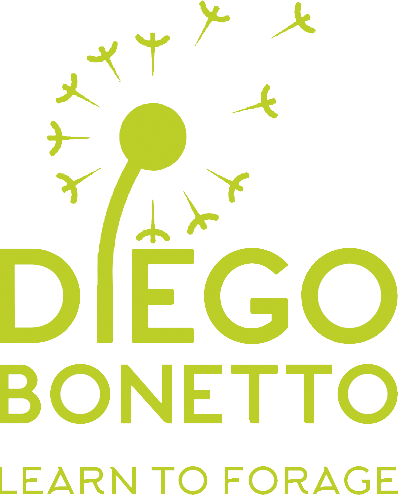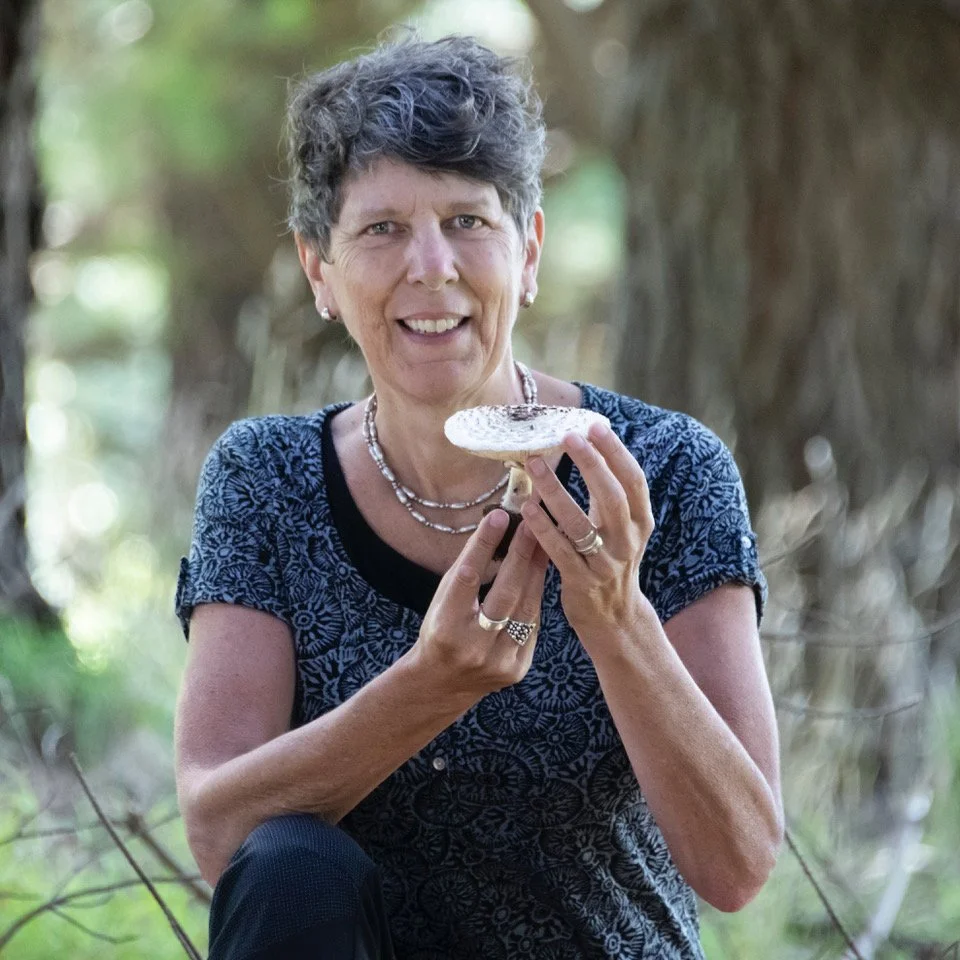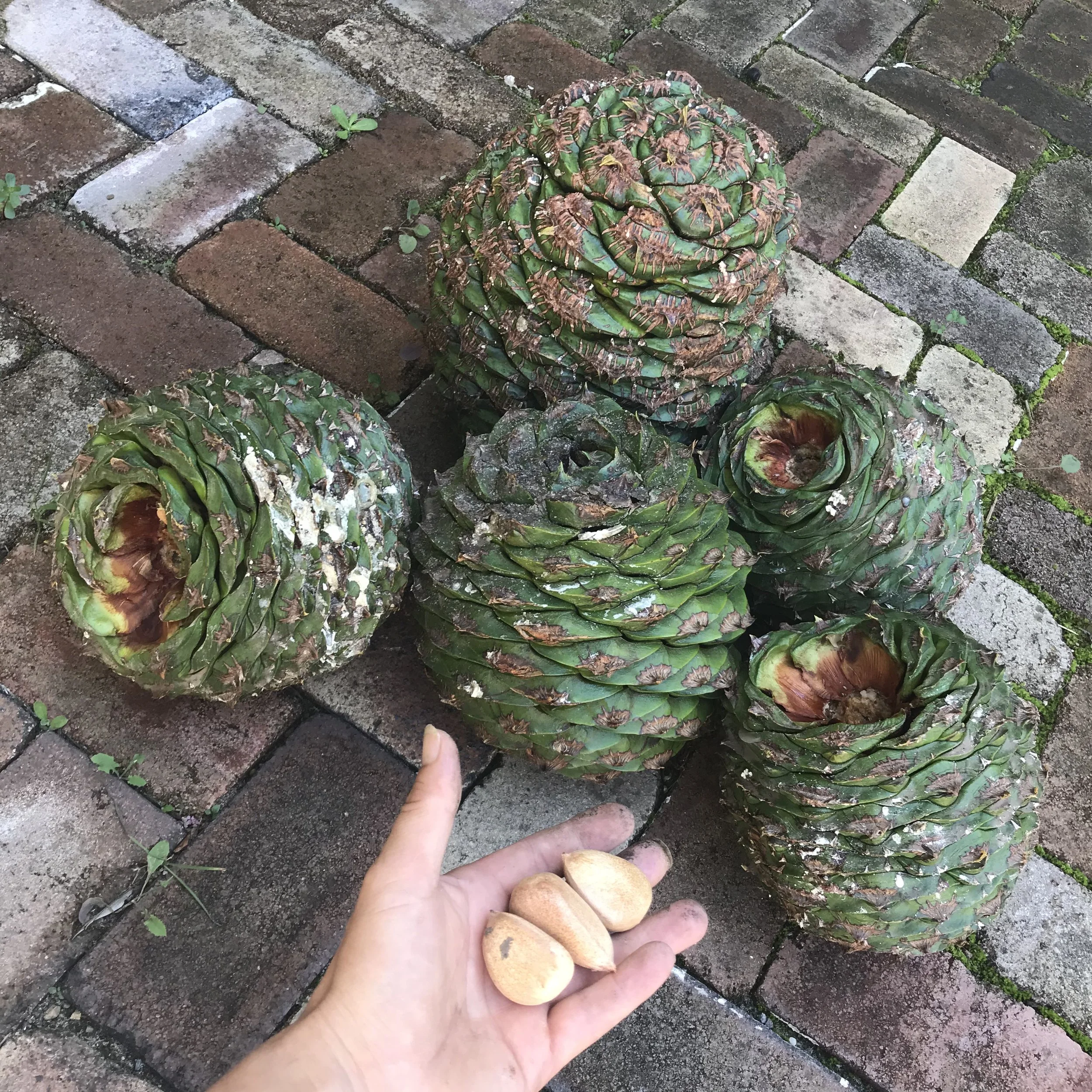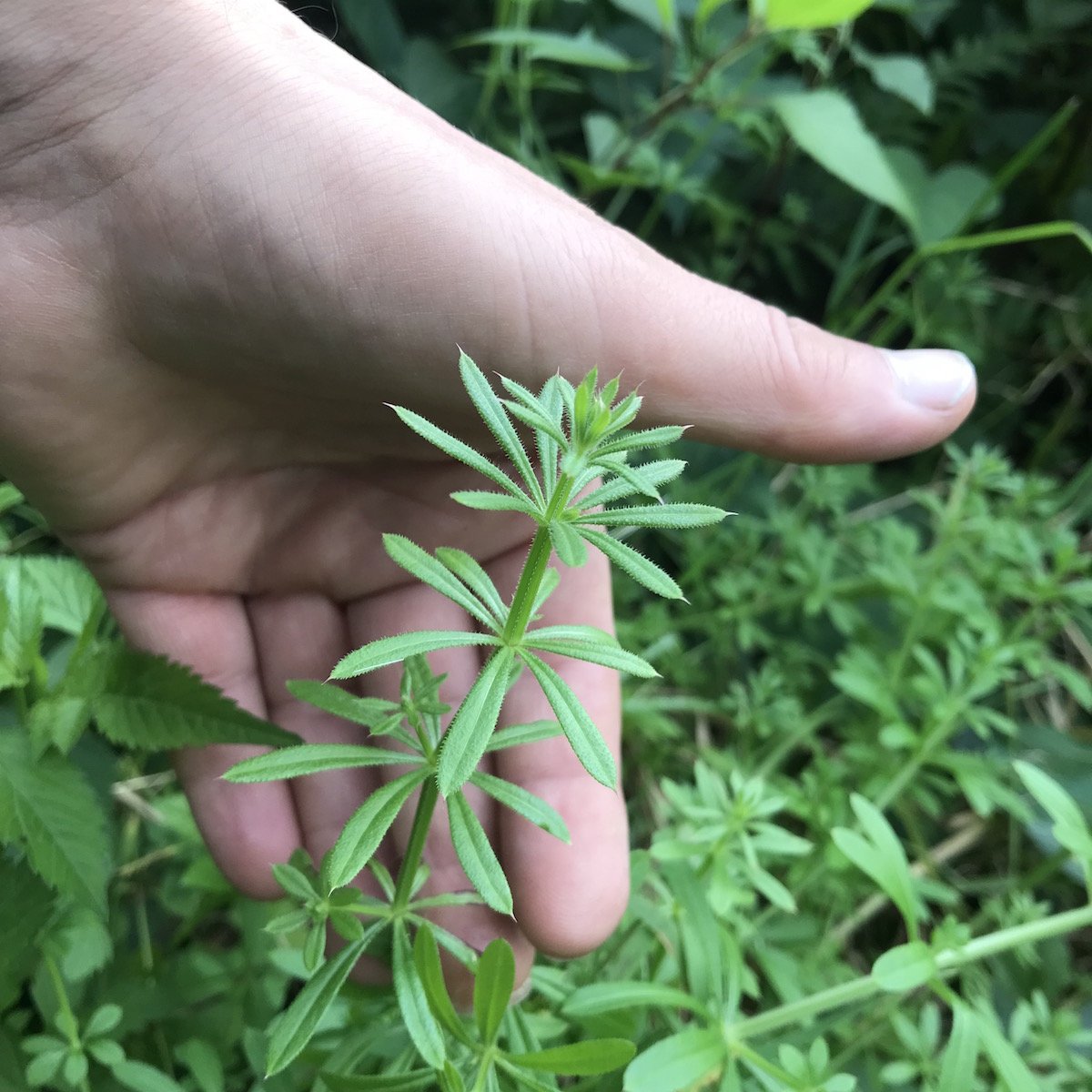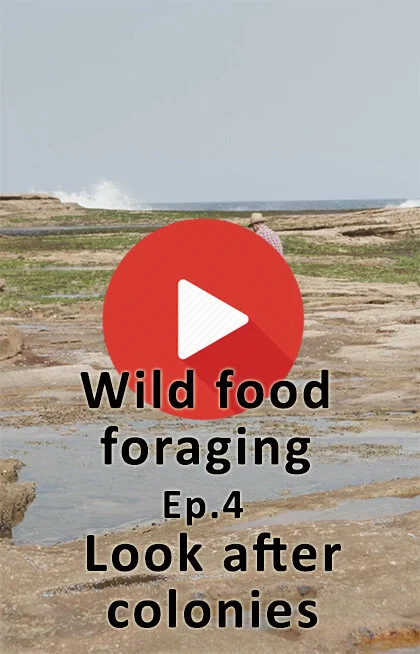Learn to harvest edible wild mushrooms with world renown fungi expert Alison Pouliot.
A unique, hands on, actual harvesting experience in NSW
This gifting season, give an experience and a skill for life. Give the Gift of Knowledge.
Read MoreBulrushes is one of the most ancient food plant used by humans all over the world.
Is it time to rediscover this nutritious plant?
Bunya nuts are falling from trees right now. Where to get them, how to prepare them, and the cultural value of such ancient resources.
Read MoreWhat happens at Diego Bonetto foraging workshops? Read a review from two lovely young participants, who experienced knowledge, laughter, and empowering lessons on how to harvest a meal form the wild.
Read MoreIt’s springtime and the country roads of southeast Australia are lined with yummy wild asparagus.
Better be quick!
Read MoreSome gardeners really hate onionweed, and yet is one of the most celebrated wild edibles. Learn how to identify and cook this wild garlicky treat.
Read MoreMagnolia flowers are edible, yummy and available everywhere at the moment. Read the guide on how to, find, cook and eat them.
Read MoreSea lettuce is a common edible seaweed of coastal Australia and elsewhere in the world. Learn how to identify, harvest, cook and eat this nutritious coastal delicacy.
Read MoreLearn to identify three varieties of slipperies available in Autumn in pine plantations around Australia.
These Suillus species are all edible, silky and very delicate. Fantastic in European or Asian cooking. Skills forever.
Read MoreThe country roads of southeastern Australia are lined with feral plums in summer. Go for a drive and get yourself some wild food, make jam and rejoice in the abundance of nature.
Read MoreThe incredible Tamar Valkenier came to my foraging workshop. She’s a best selling author and a professional adventurer. Read what she has to say here>
Read MoreNeptune’s pearls or Neptune’s necklace is a common brown seaweed found in rockpools and rock platforms in many Australian states. Learn how to ID and use this yummy seaweed.
Read MoreOh, my! Salsify!
Learn about this common wild edible growing right now at the start of spring in the south-east and south-west of Australia.
It is yummy!
Cleavers cling to you, and you can eat them too.
Learn about this amazing wild plant useful for food and medicine
Gardening Australia segment on how to forage for edible weeds. They are yummy!!
Read MoreThe magic in all mushrooms, and all of creation.
How a workshop learning how to forage for mushrooms can offer so much more than just free food.
Weeds. Why do we hate them so much? Is it because we fear them? Is it any use to treat all uninvited plants equally? What happened that we can no longer share the earth with other species?
Read MoreArguably one of the most nutritious wild foods is about to hit your backyard, Australia. It is called amaranth, some people refer to it as a superfood and will be available all through summer. Welcome to your new-found friend!
Read MoreForaging for wild edibles is a great way to learn about fragility and sustainability. It gives you the chance to experience first hand the results of environmental damage. Foraging will allow you to take responsibility and make you aware of your obligations. Look after Country is everyone's job.
Read More